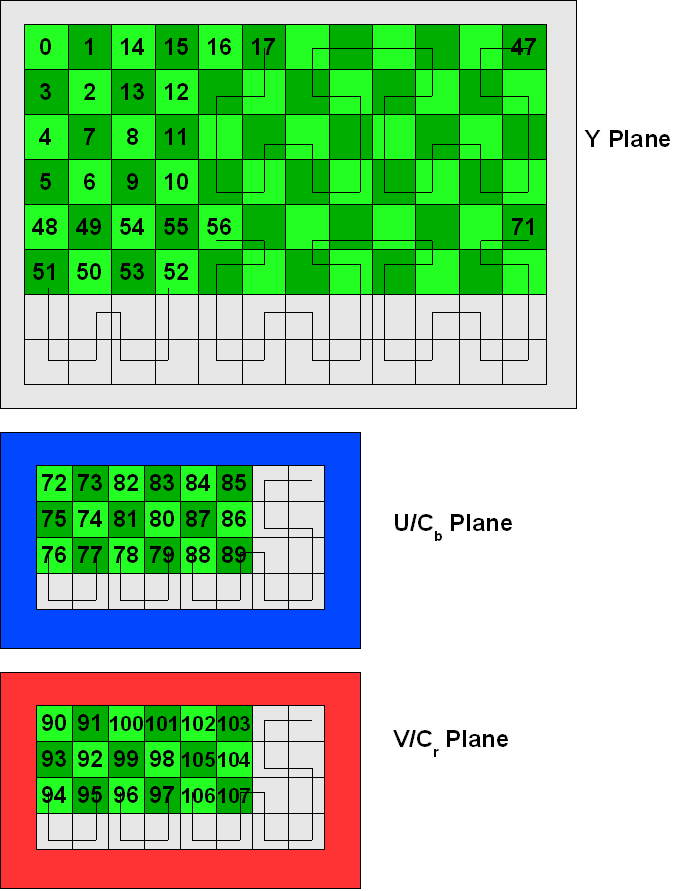As this seems to be the homepage of ‘qt-faststart’ according to Google, here are some other useful links:
- qt-faststart.exe binary for Windows
- qt-faststart written in Python
- qtindexswapper written for Adobe AIR
Moving right along…
It’s weird to think that I may have already written the most popular piece of free software that I will ever program– qt-faststart. It’s easily the most ported of all my programs– at the very least, there are native versions for Mac OS X (Cocoa wrapper) and Adobe AIR.

All that qt-faststart does is take an Apple QuickTime file that looks like this:
[ 'mdat' QT data atom ] [ 'moov' QT info atom ]
and rearranges it to look like this:
[ 'moov' QT info atom ] [ 'mdat' QT data atom ]
Why is this even necessary? In order to stream a QT file via HTTP, the moov atom needs to appear before the mdat atom. So why not write it that way when it is created? That’s tricky to do without 2 passes through the file. Most QT muxers only do the first pass. The qt-faststart utility does the second pass.
I have long maintained that the biggest flaw with Apple’s QuickTime file format is that chunk offsets are specified as absolute file offsets. If they were specified as offsets relative to the start of their mdat chunk, the moov chunk would be easily relocatable.
Are there ways to improve qt-faststart? One thing that would probably be nifty, and perhaps considered standard in this day and age, would be to compress the moov atom. moov atom compression has been around for a long time and operates with the standard zlib algorithm. It seems straightforward enough– take the moov atom from the end of the file, patch the offsets, compress the atom, and put it at the front. But wait– the chunk offsets will all be different since the moov atom is compressed. So, how about compressing the moov atom, assessing the size of the compressed moov atom, patching all of the moov atom’s chunk offsets, and then compressing? But… that would alter the size of the compressed atom since the data has changed. But it probably does not change much. I suspect this is why QuickTime specifies such atom types as ‘free’, ‘junk’, and ‘skip’. These are empty space atoms. Thus, the revised qt-faststart algorithm would probably look like this:
- Find and load moov atom at end of QT file.
- Compress moov atom to obtain rough size.
- Declare moov atom size to be compressed size + factor n.
- Patch moov atom’s chunk offset atoms to reflect calculated size.
- Compress and write moov atom.
- Write empty space atom with the difference between estimated and actual compressed sizes.
- Copy remainder of QT file.
I wonder what factor n should be? I will probably have to determine this empirically. Or rather than a fixed number or percentage, I wonder if there should be an iterative process for converging on a somewhat optimal compressed size? Not that it matters a great deal; the size of the moov atom generally pales in comparson to the size of the actual multimedia data. It makes one ponder why the moov atom can be compressed in the first place. Alex once proposed that it may provide a layer of data integrity. According to the zlib tech notes, CRCs are used above the compression.
One bit of trivia about the program: qt-faststart does not take into account compressed moov atoms to begin with. I had always considered this a TODO item. However, it has occurred to me that compressed moov atoms probably only ever occur at the beginning of a file. At the very least, I have never received a complaint about qt-faststart being unable to process compressed moov atoms at the end of a file.
